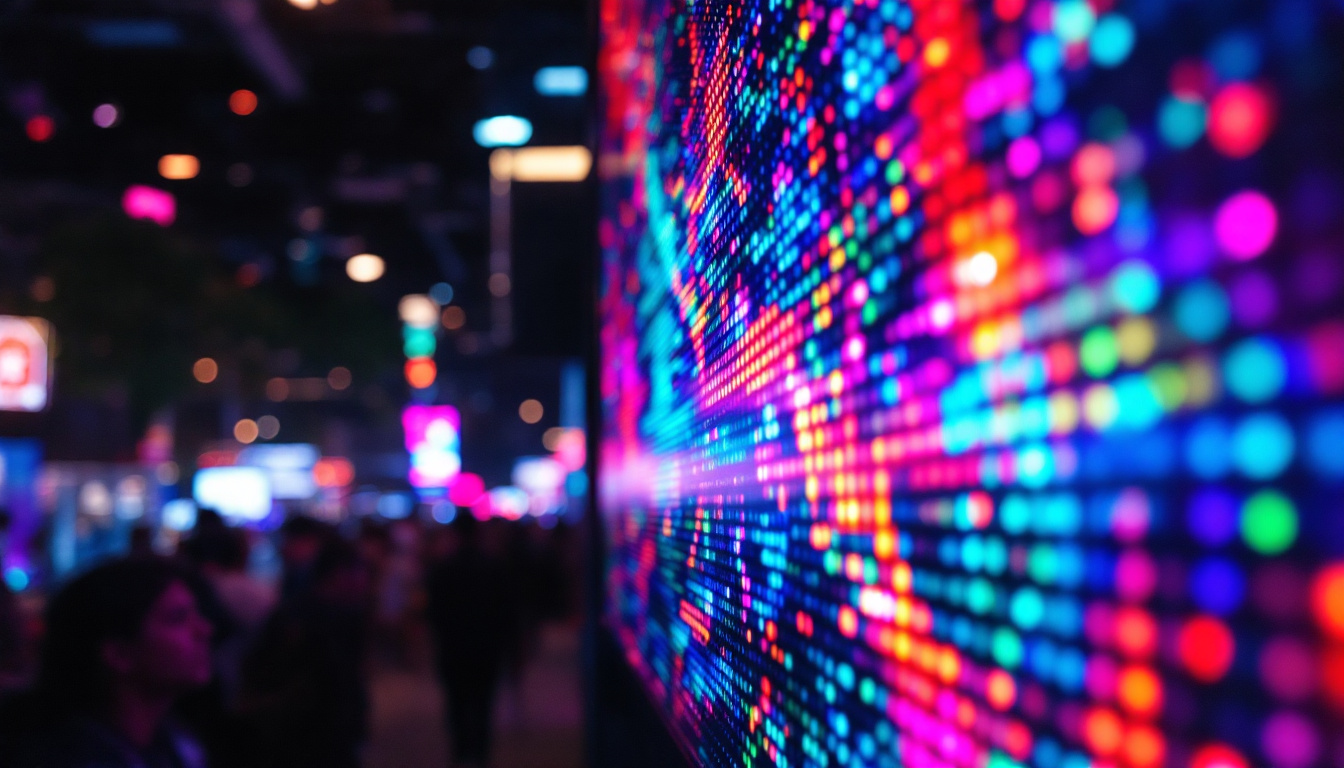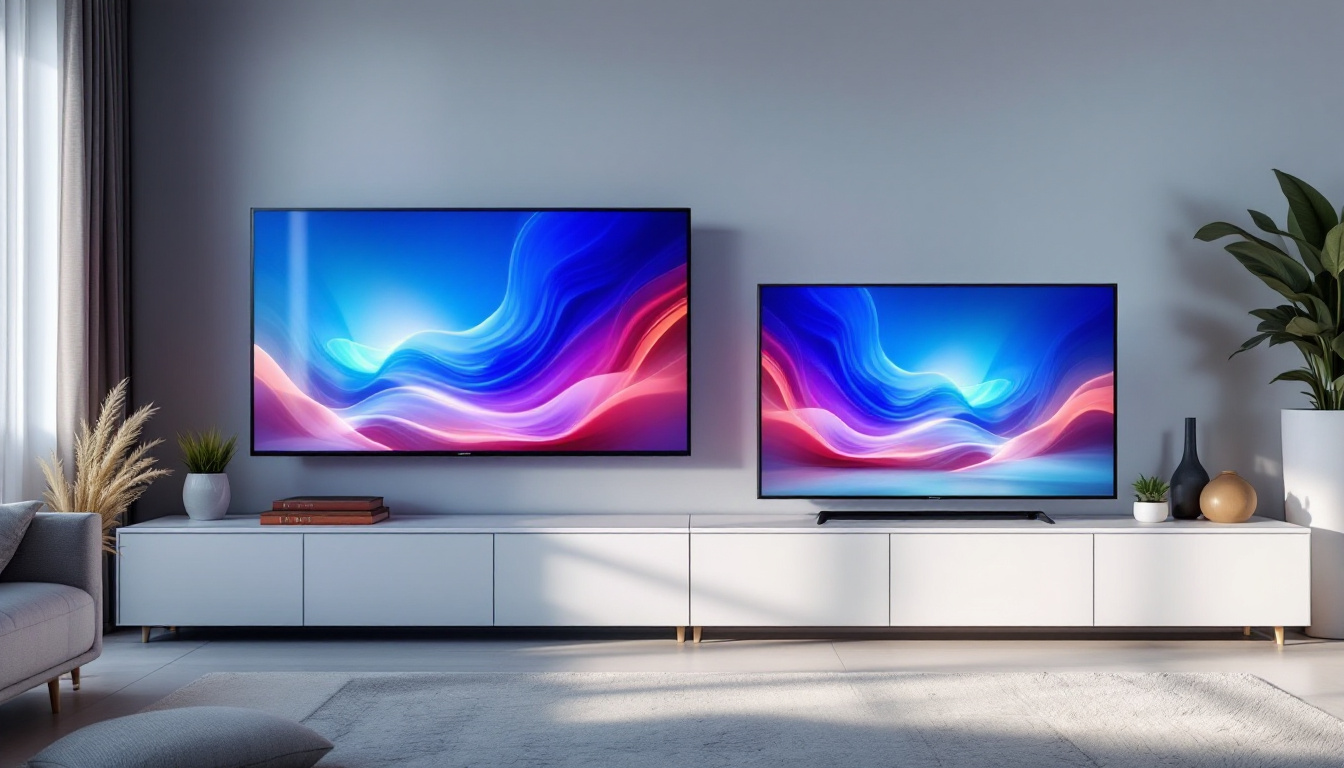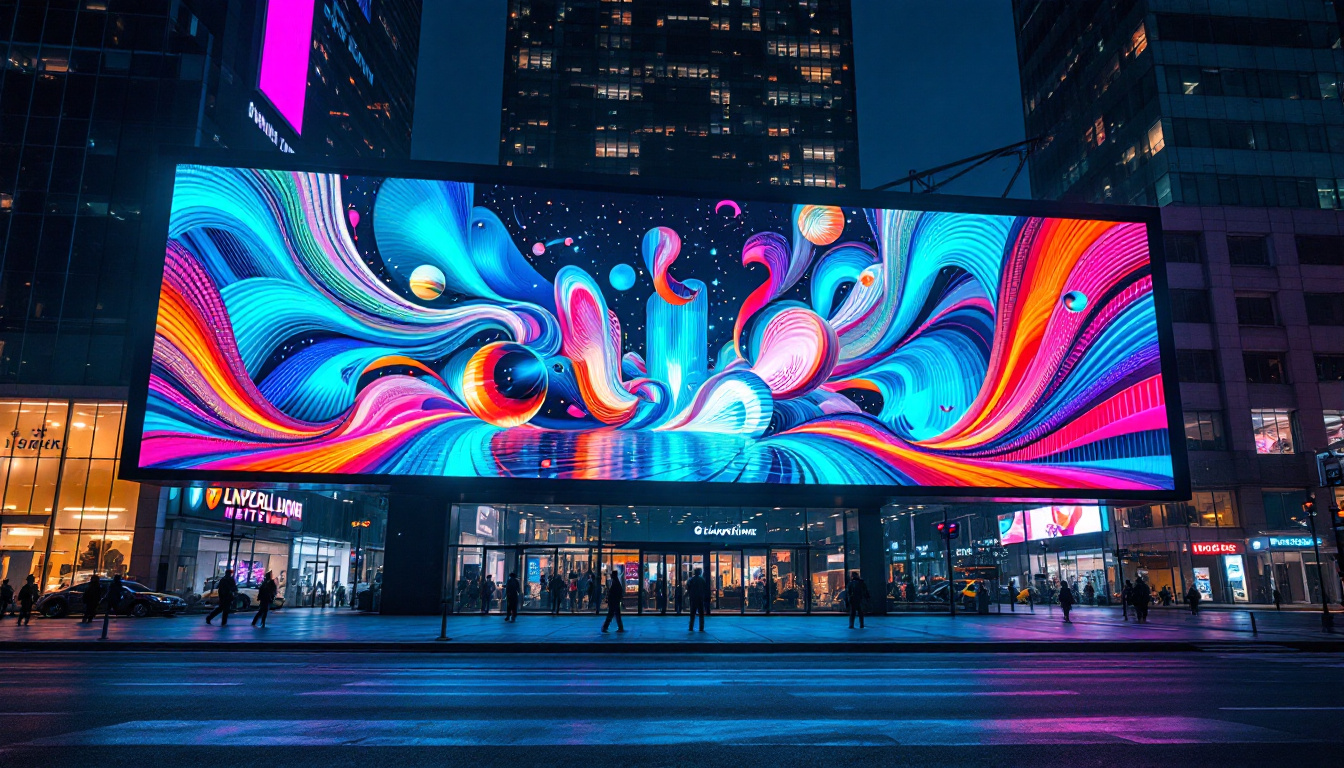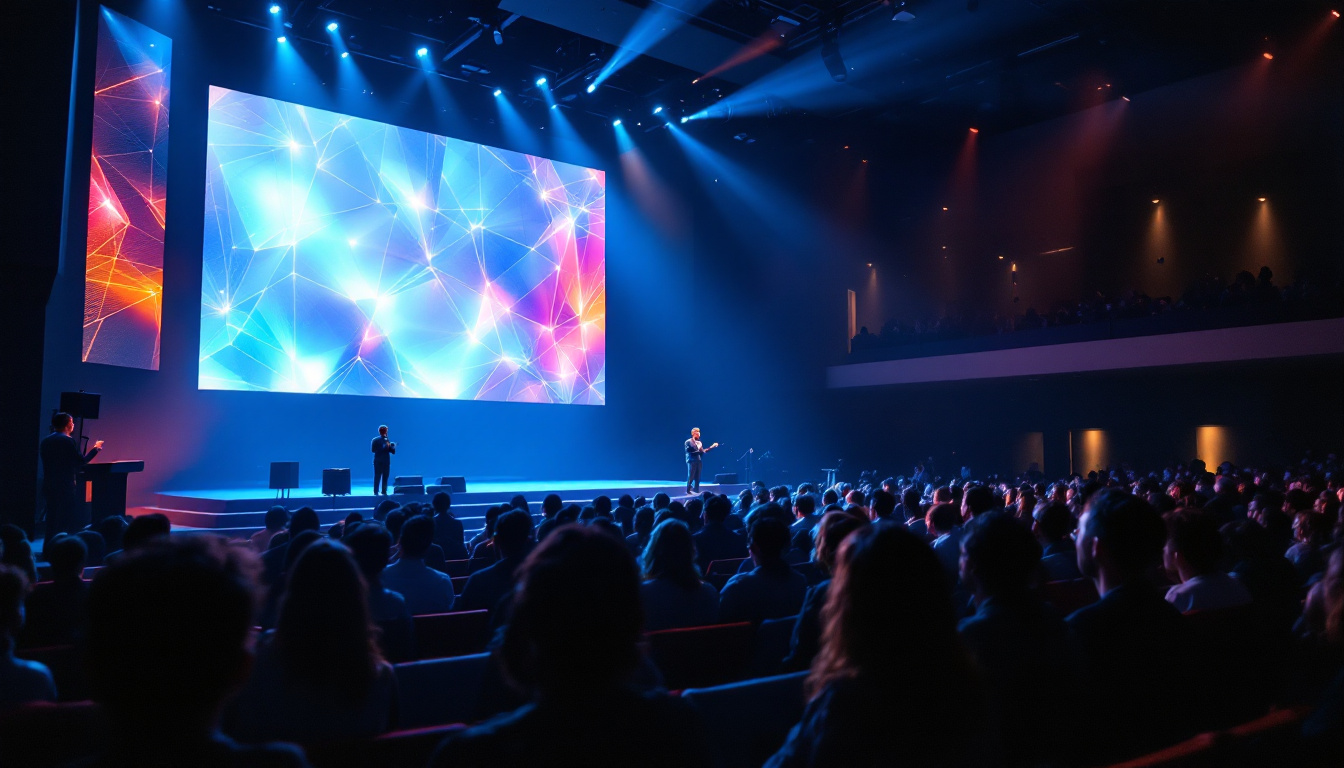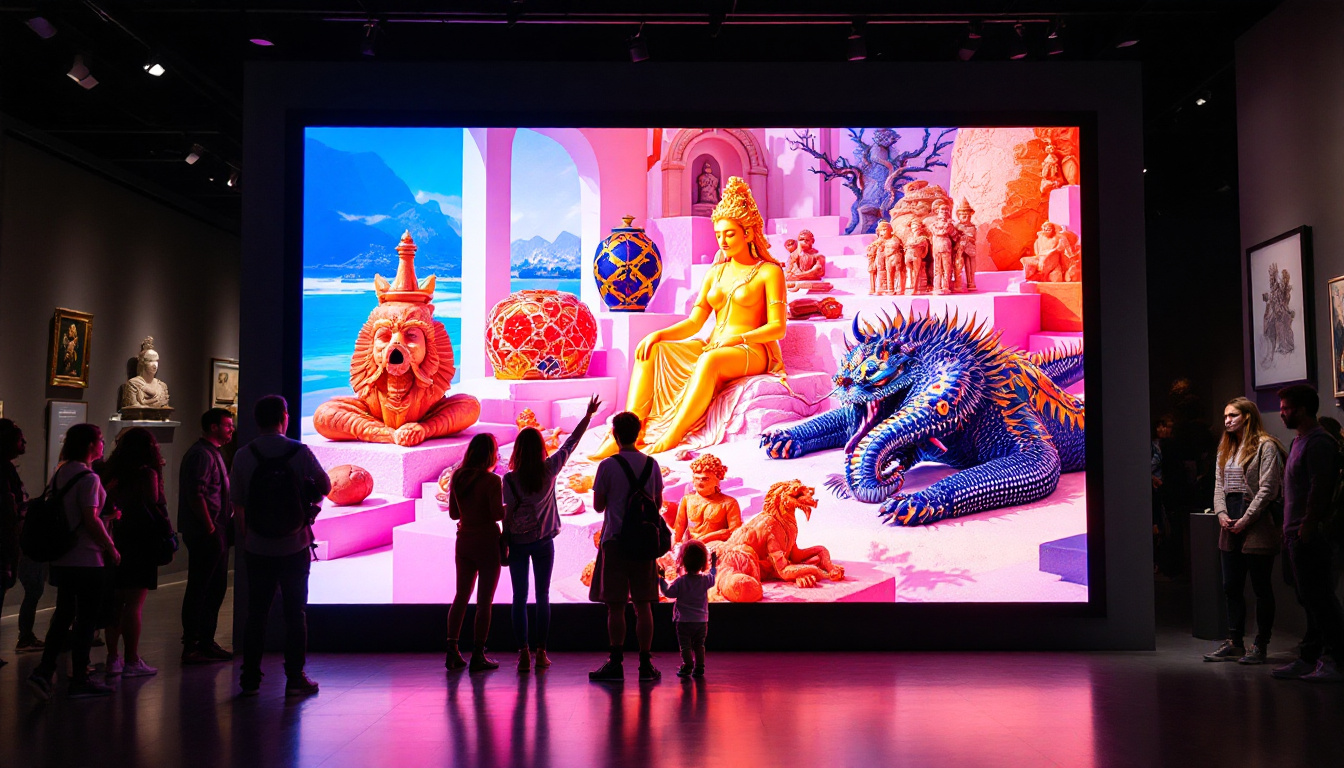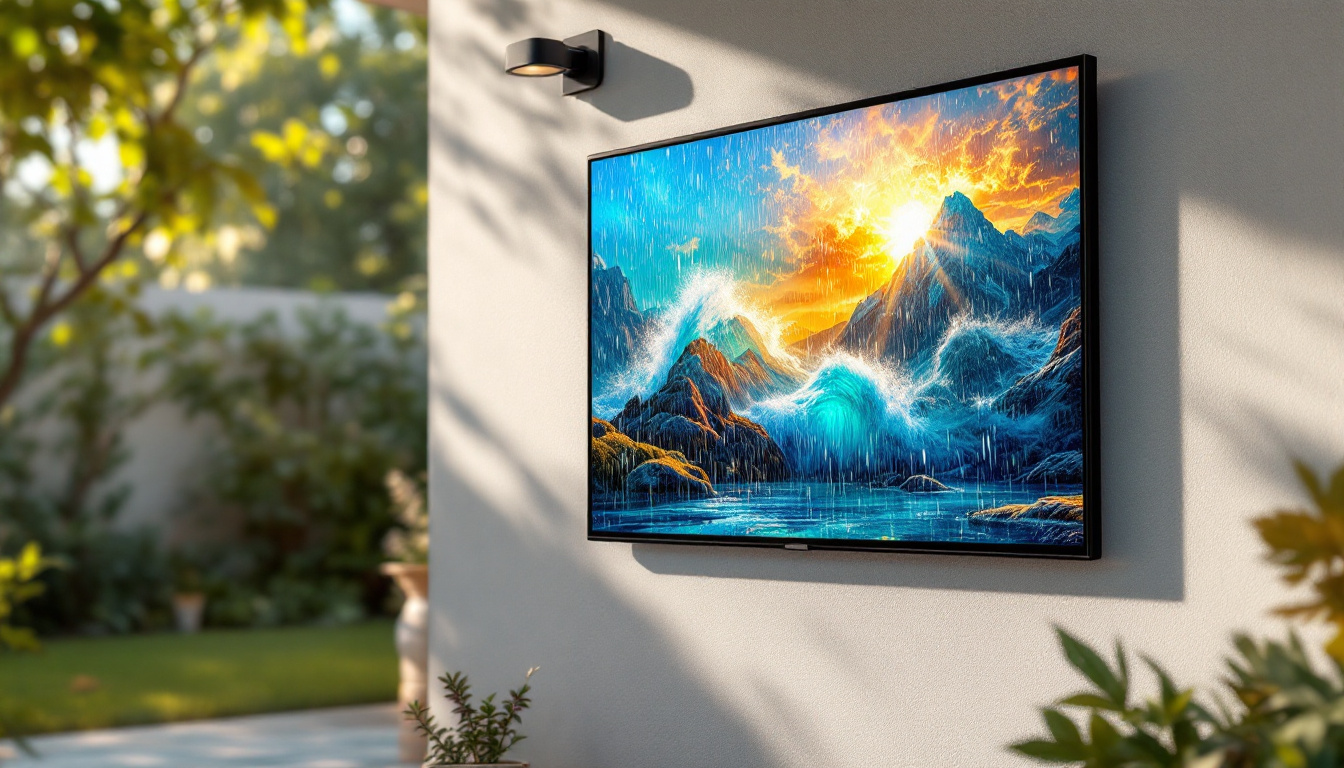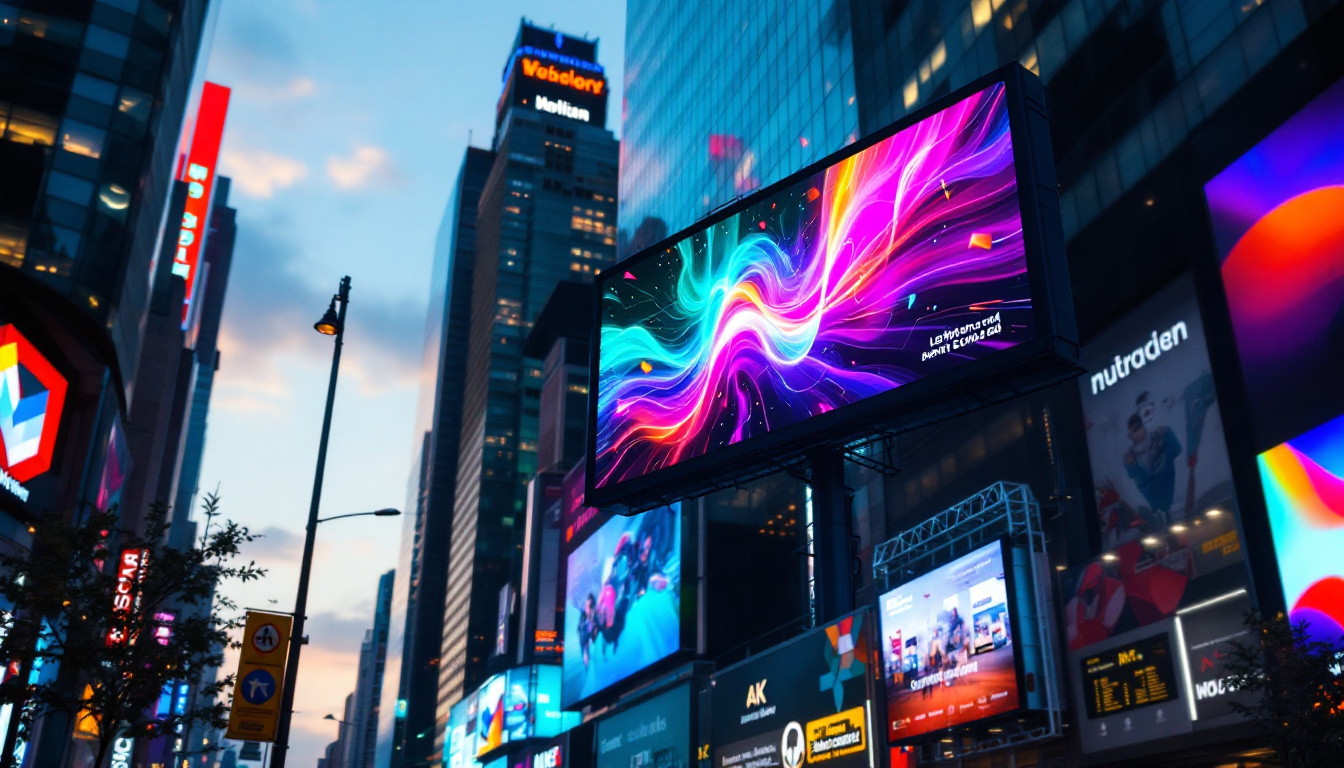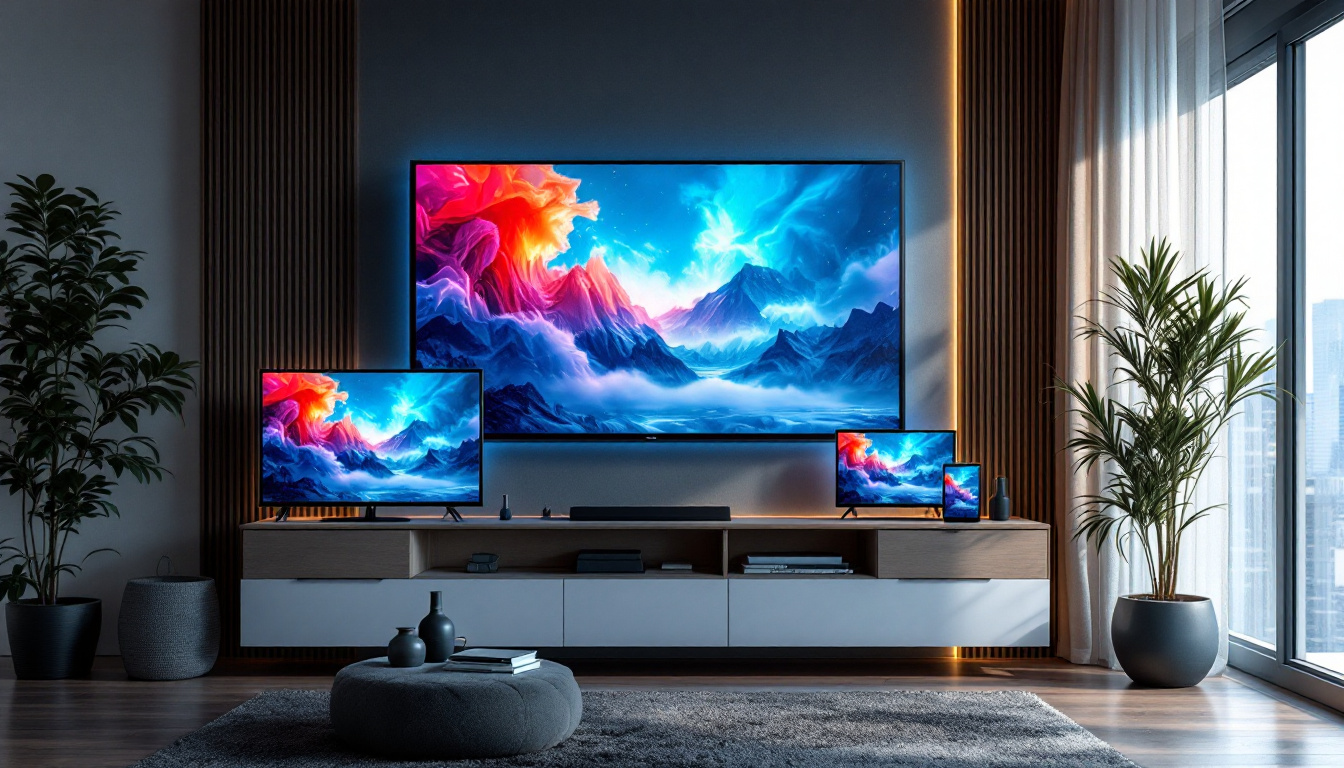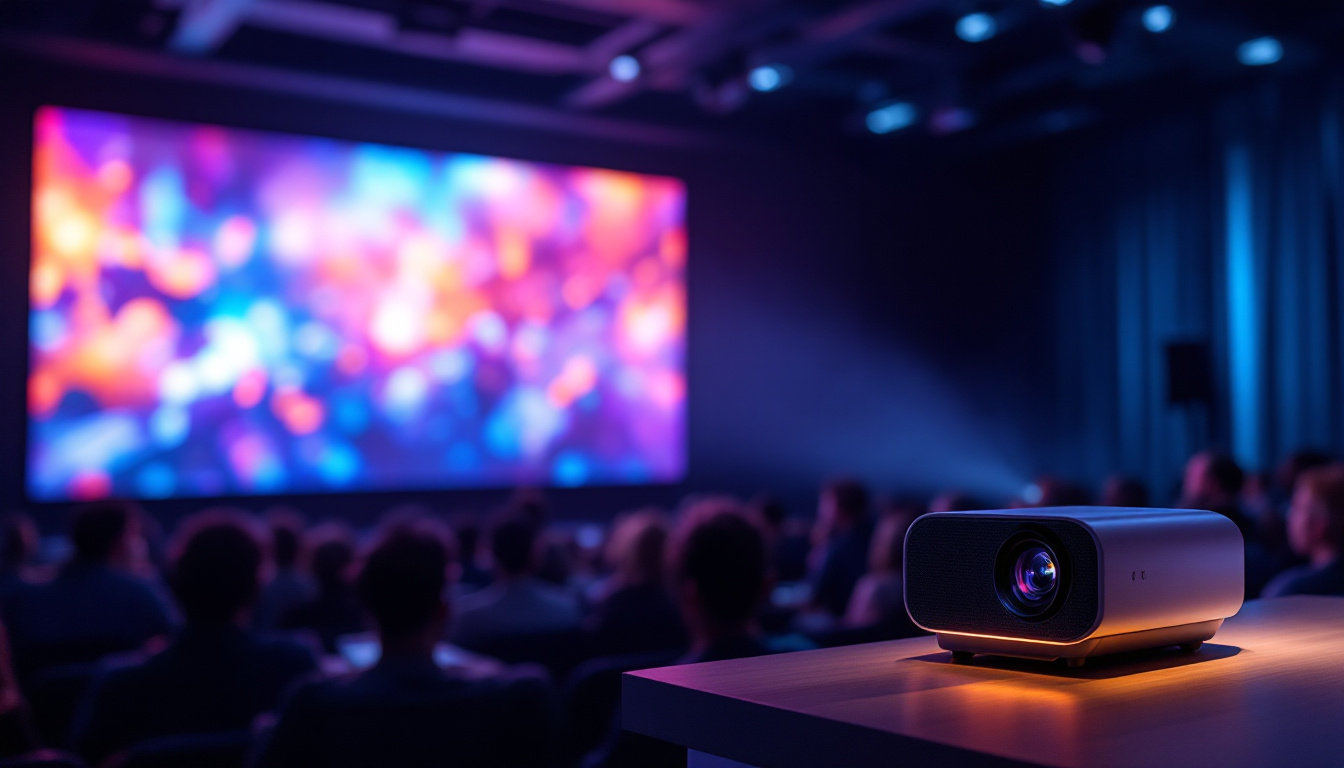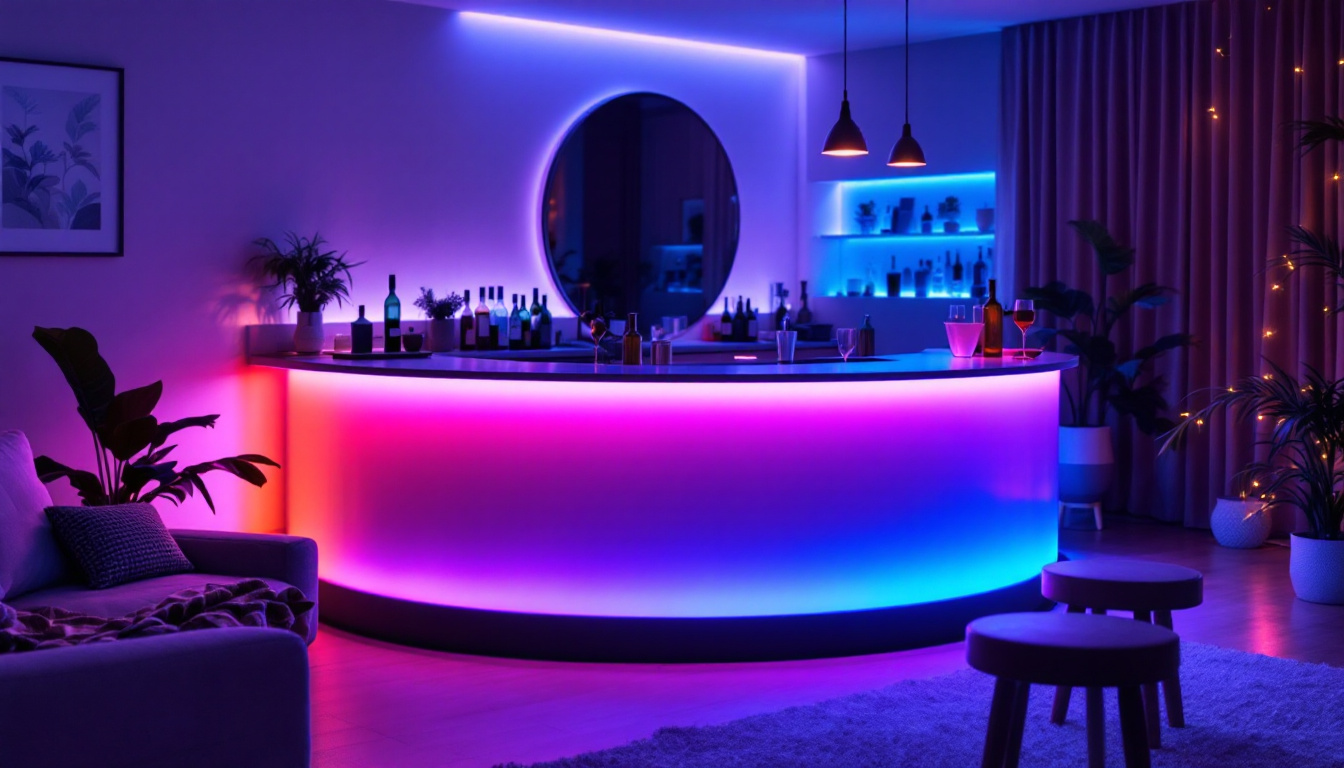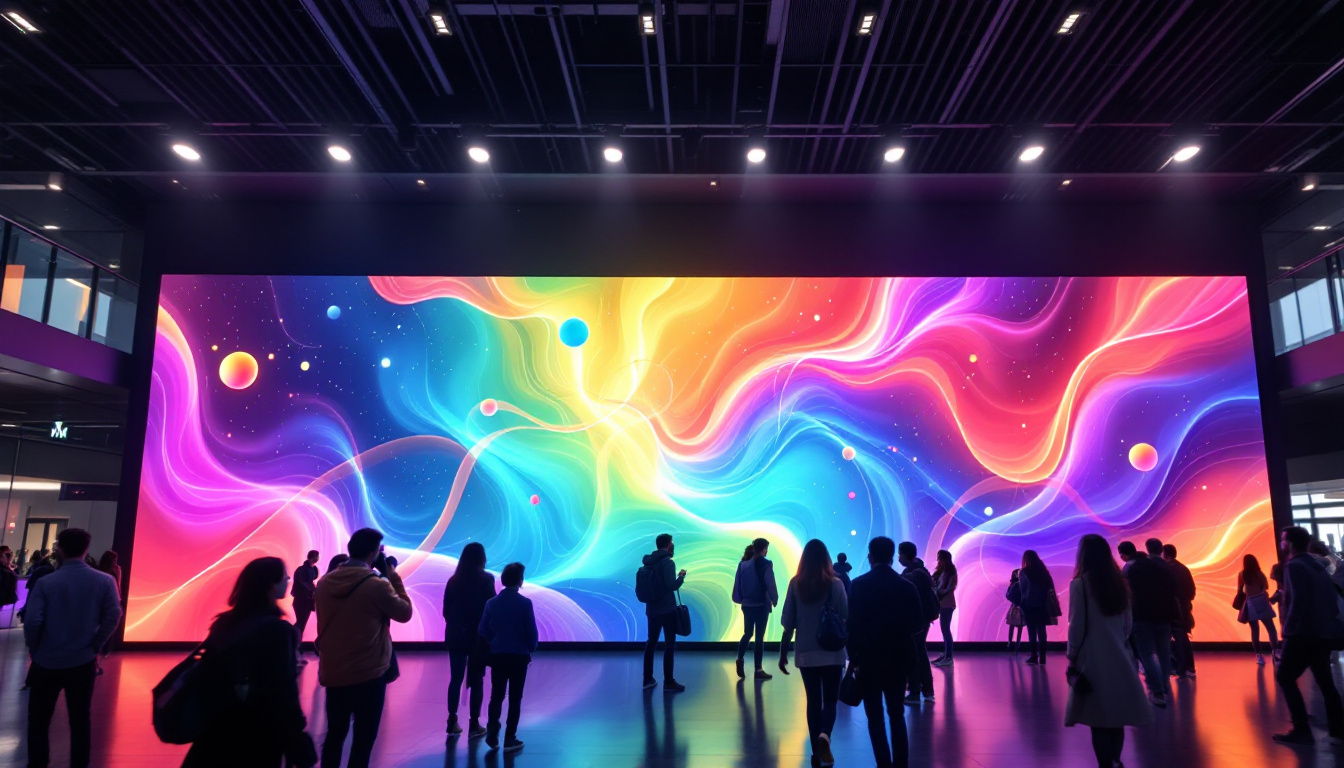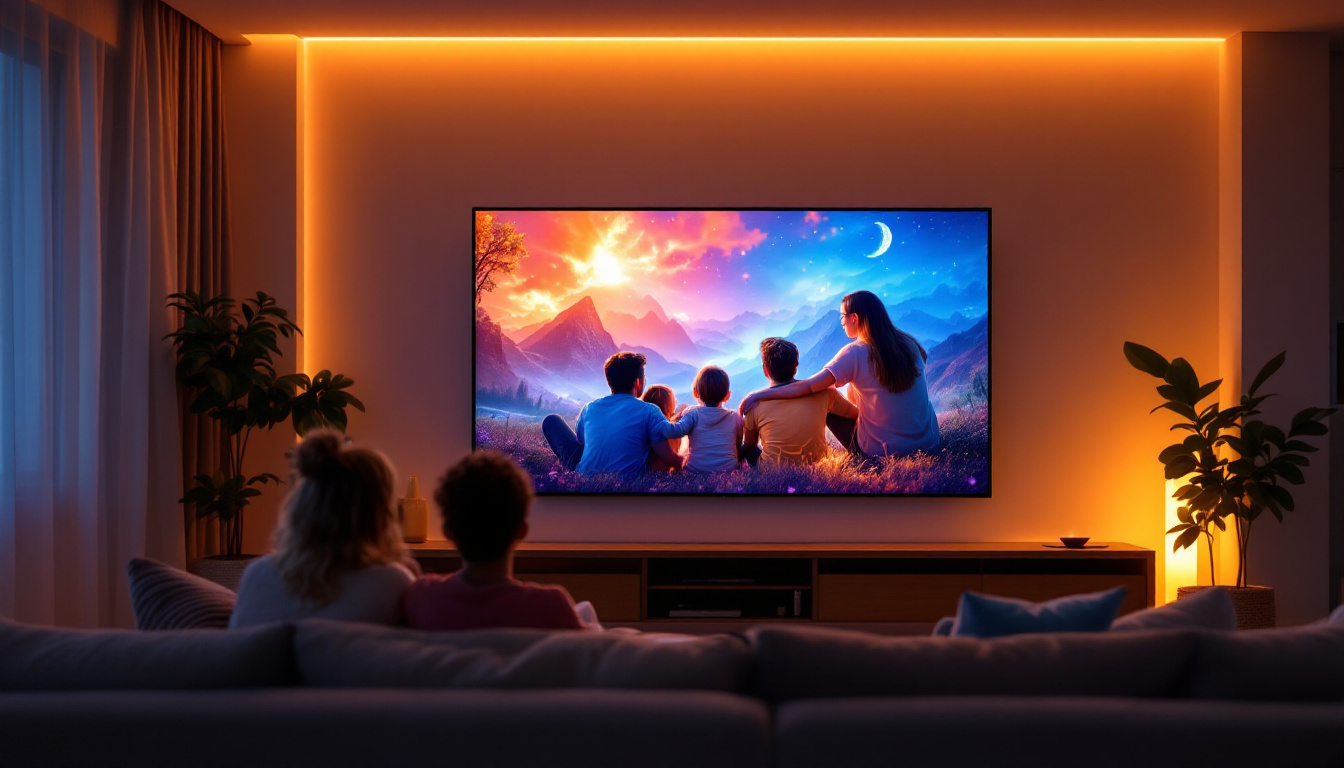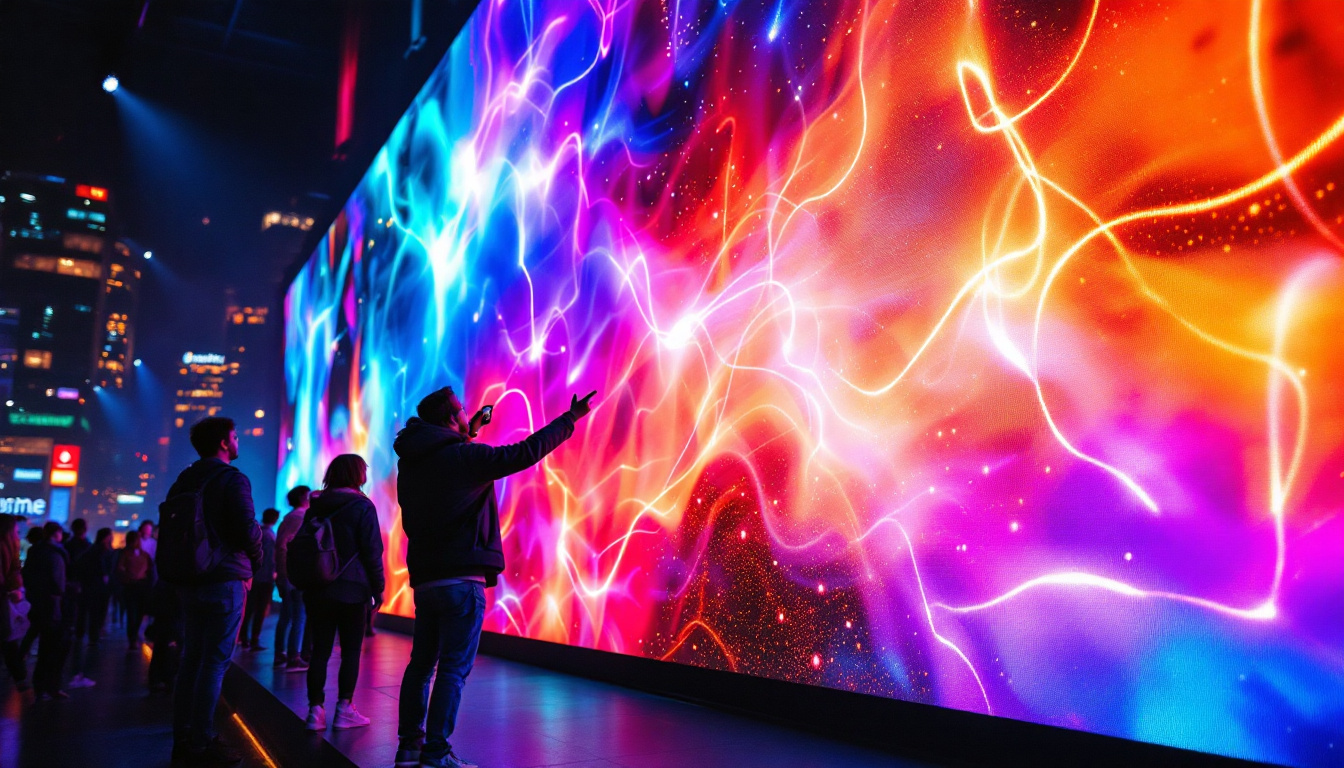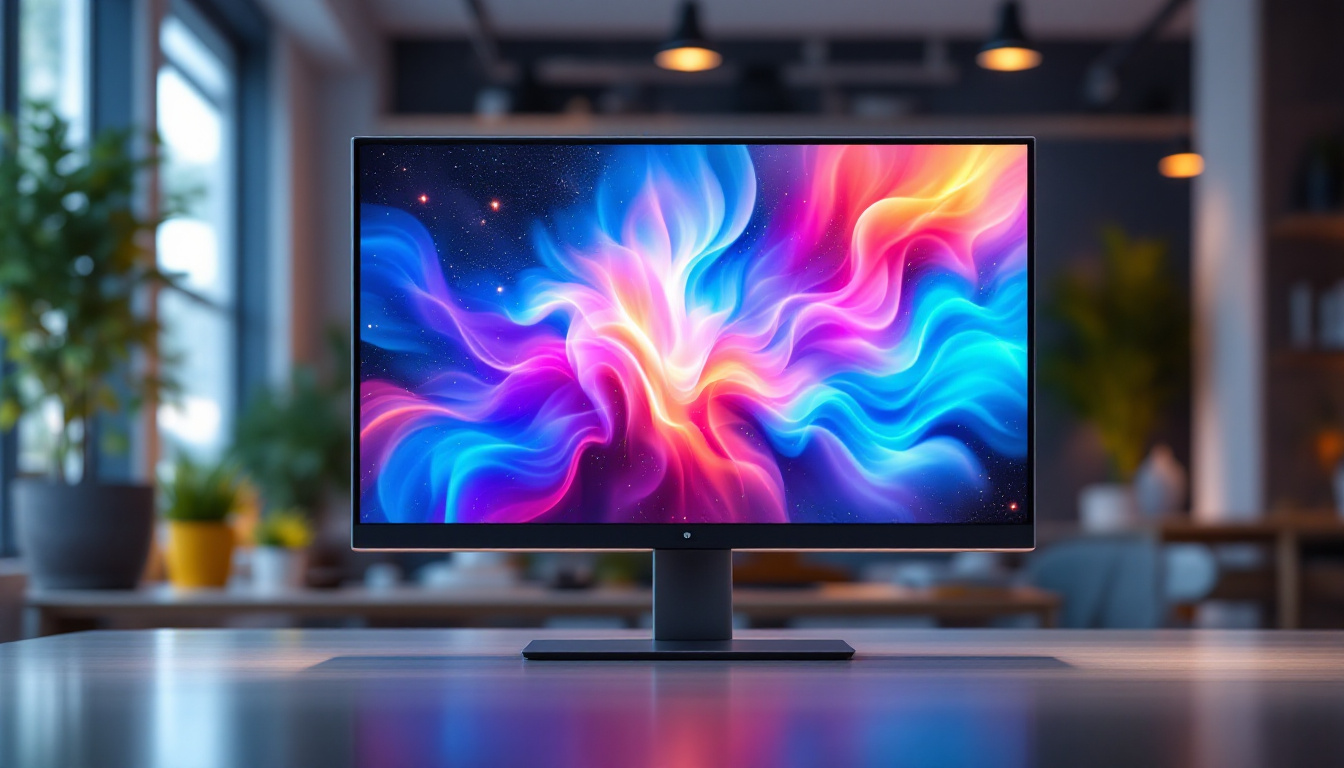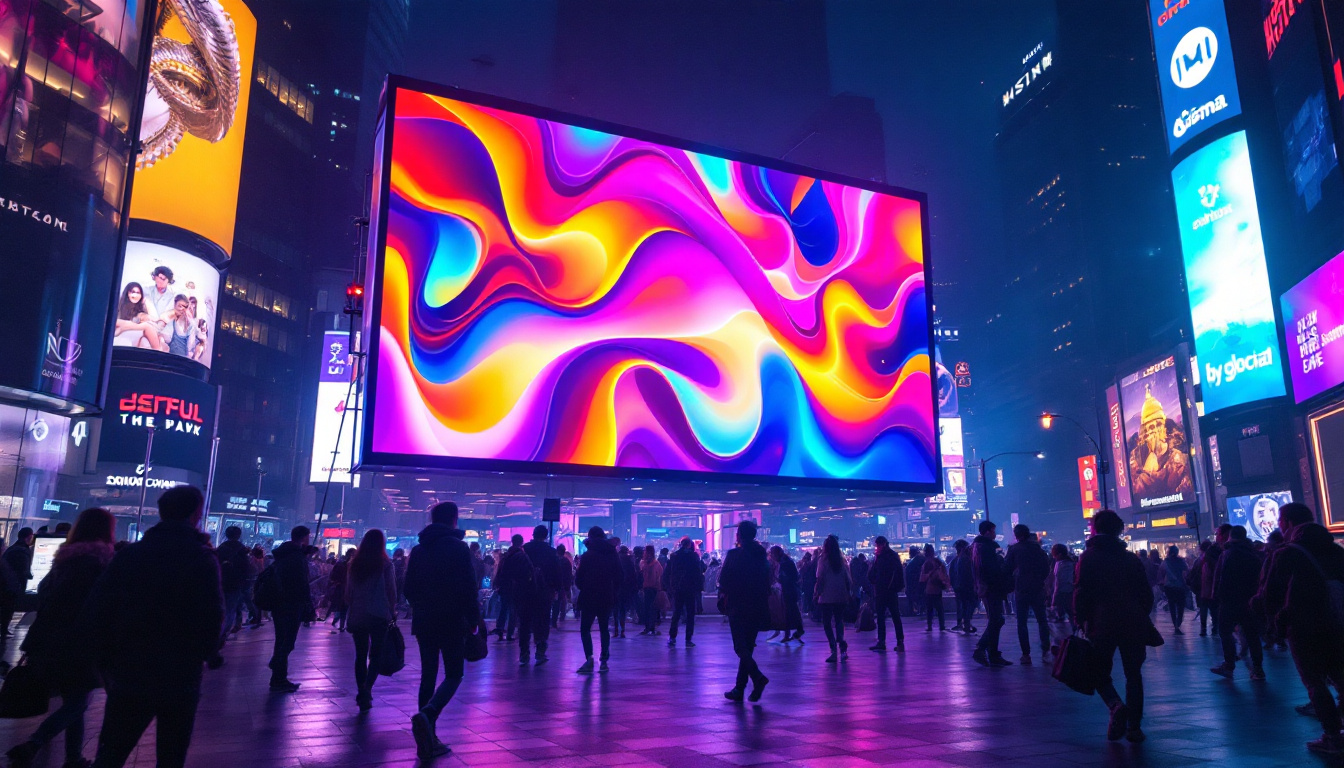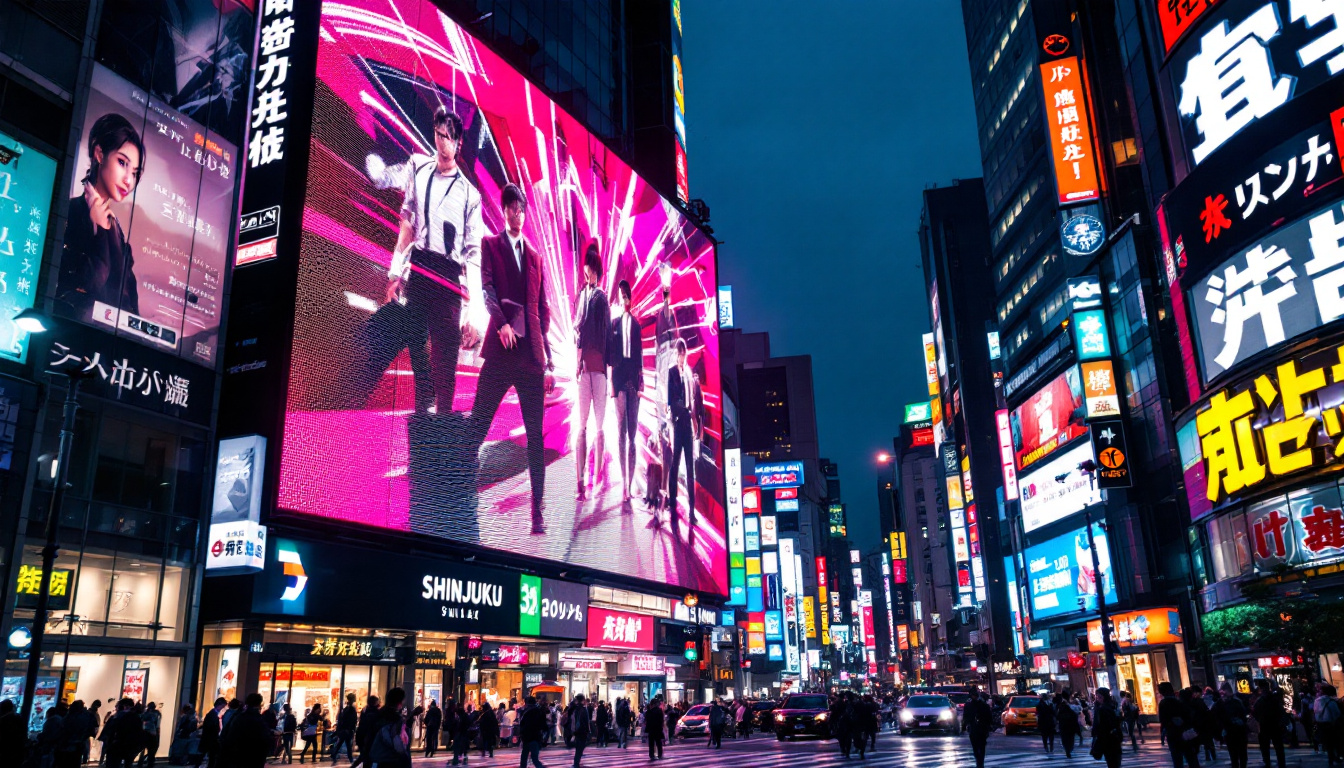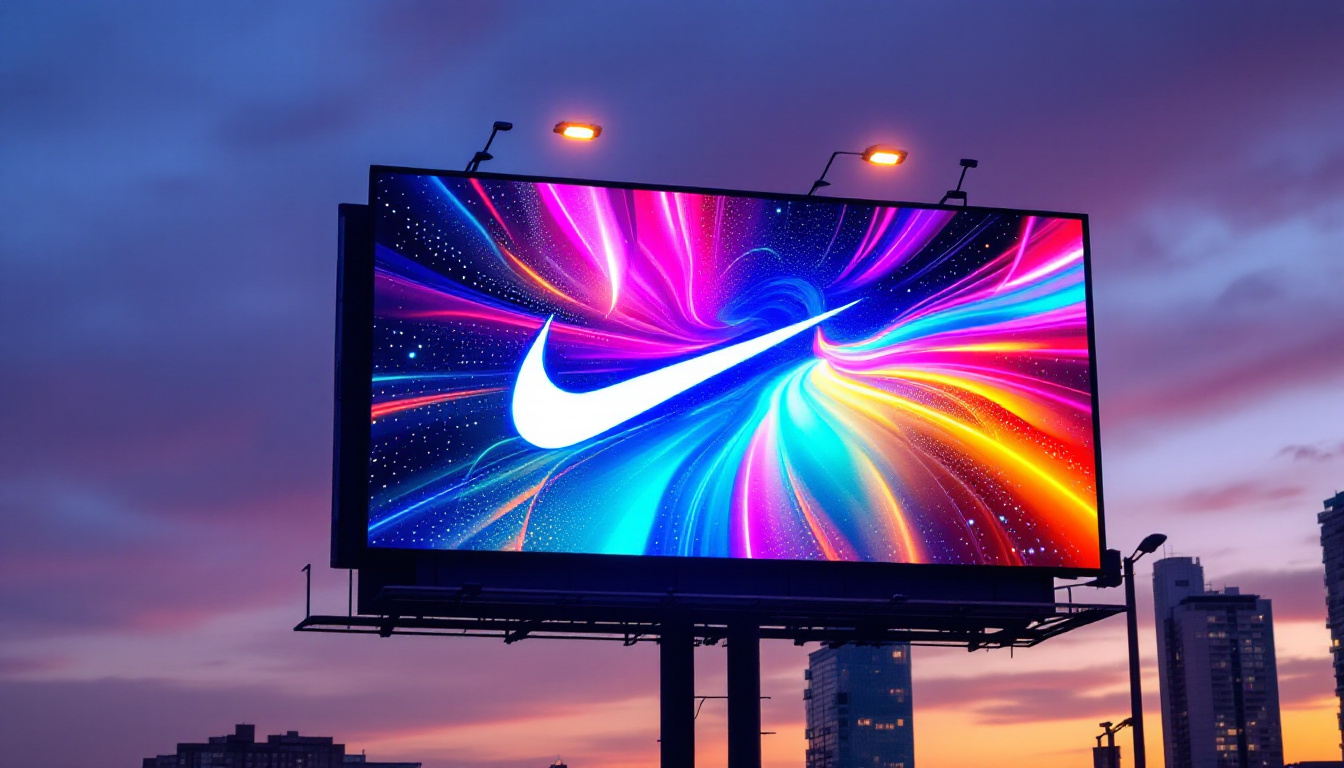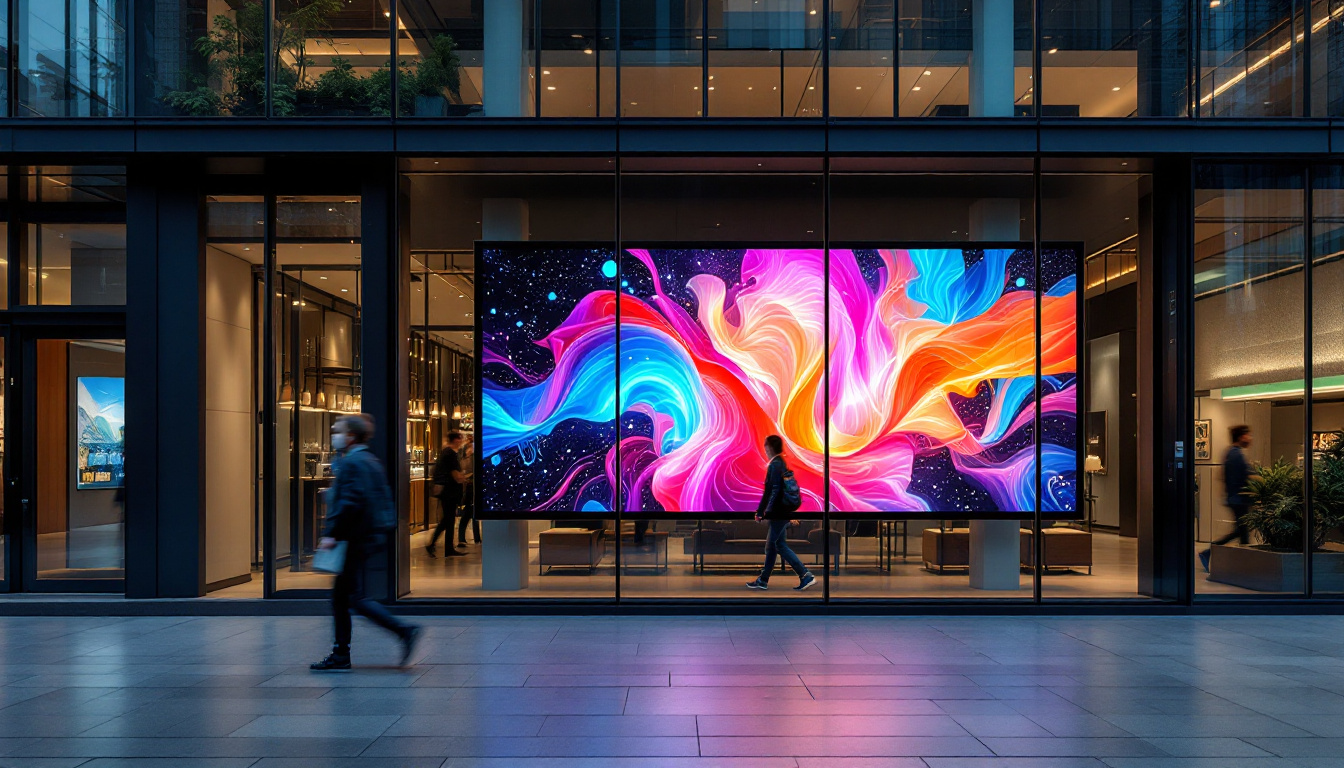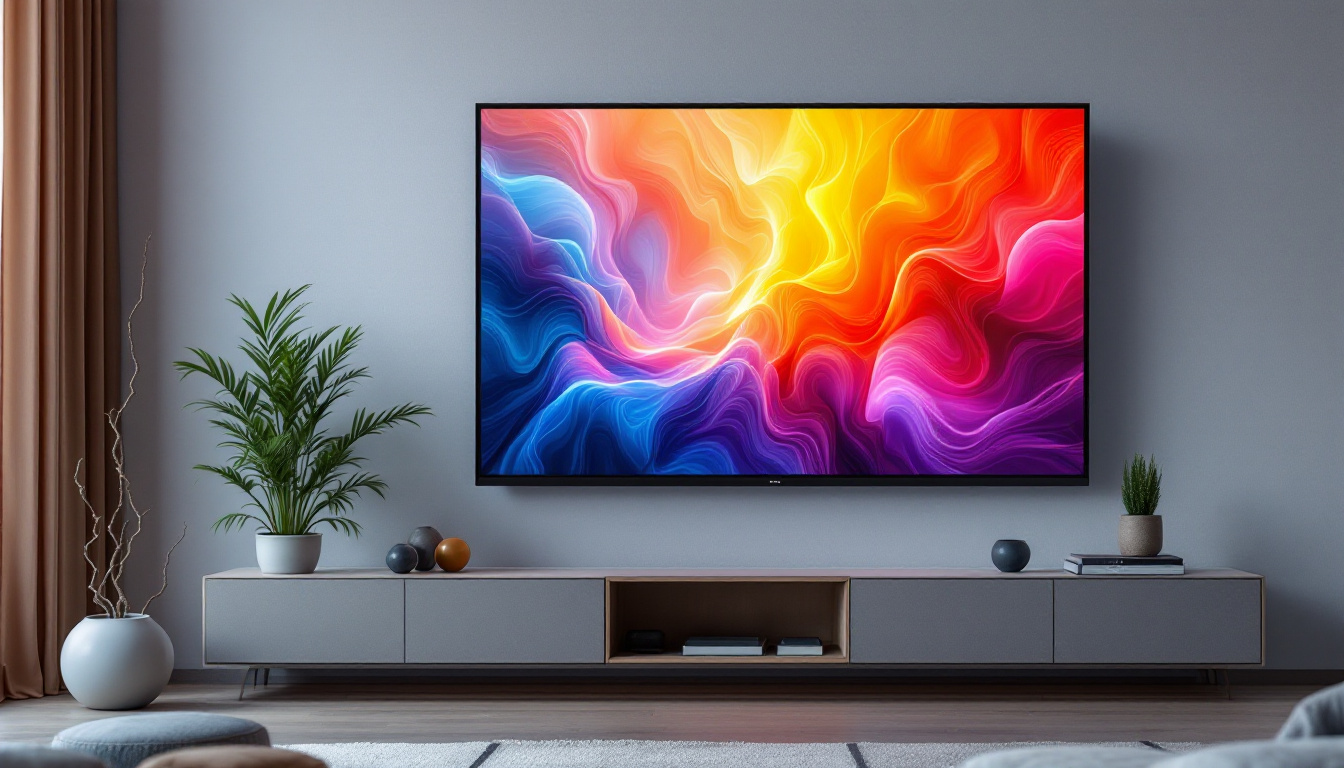The evolution of display technology has been nothing short of remarkable, with innovations transforming how we consume information and entertainment. Among these advancements, the Pseries LED display stands out as a versatile solution for various applications, from advertising to digital signage. This article delves into the intricacies of Pseries LED displays, exploring their technology, benefits, applications, and future trends.
Understanding LED Technology
Light Emitting Diode (LED) technology has revolutionized the display landscape. Unlike traditional display technologies, LEDs offer higher brightness, lower energy consumption, and greater durability. At the core of LED technology is the semiconductor material that emits light when an electric current passes through it. This fundamental principle underpins the functionality of Pseries displays. The efficiency of LEDs also contributes to their long lifespan, often exceeding 50,000 hours of use, which significantly reduces the need for frequent replacements and maintenance, making them a cost-effective choice in the long run.
The Basics of LED Displays
LED displays are composed of numerous individual light-emitting diodes arranged in a grid. Each diode can emit red, green, or blue light, allowing for the creation of a full spectrum of colors through various combinations. This RGB (Red, Green, Blue) model forms the basis for color reproduction in LED displays, making them capable of producing vibrant and dynamic visuals. The precision with which these colors can be mixed and displayed means that LED screens can reproduce images and videos with stunning clarity and detail, making them ideal for everything from advertising billboards to high-definition televisions.
In Pseries displays, these diodes are often arranged in clusters or modules, which can be combined to create larger screens. This modularity allows for flexibility in size and configuration, catering to different installation environments and user needs. The ability to easily scale the display size means that Pseries displays can be used in a variety of settings, from small retail spaces to massive outdoor venues, ensuring that audiences receive a consistent viewing experience regardless of the scale.
Types of LED Displays
LED displays can be categorized into several types based on their application and technology. The most common types include:
- Direct View LED: These displays are made up of individual LEDs that are visible from the front, providing high brightness and excellent color accuracy.
- LED Backlit LCD: In this configuration, LEDs are used to backlight an LCD panel, enhancing brightness and contrast.
- Organic LED (OLED): Utilizing organic compounds, OLED displays offer superior color depth and contrast, although they are typically more expensive.
Pseries displays primarily utilize Direct View LED technology, which is particularly well-suited for large-scale applications due to its brightness and visibility from various angles. This type of display is especially beneficial in environments with high ambient light, as it maintains image clarity and vibrancy even in challenging lighting conditions. Furthermore, advancements in LED technology have led to improvements in refresh rates and response times, making them ideal for dynamic content such as sports broadcasts and live events, where fast-paced action is crucial for viewer engagement.
Features of Pseries LED Displays
Pseries LED displays come equipped with a range of features that enhance their performance and usability. Understanding these features is crucial for selecting the right display for specific applications.
High Resolution and Pixel Density
One of the standout features of Pseries displays is their high resolution and pixel density. These displays are designed to deliver sharp images and clear text, even at close viewing distances. The pixel pitch, which refers to the distance between individual pixels, is a critical factor in determining resolution. A smaller pixel pitch results in higher pixel density, leading to improved image quality.
For instance, a Pseries display with a pixel pitch of 1.5mm will provide a much clearer image than one with a pixel pitch of 10mm, making it ideal for applications where viewers are close to the screen, such as in retail environments or conference rooms. Furthermore, the ability to customize pixel pitch allows businesses to tailor their displays to specific needs, ensuring that they achieve the best visual impact for their audience.
Brightness and Contrast
Brightness is another crucial aspect of Pseries LED displays. With brightness levels often exceeding 1,000 nits, these displays can perform exceptionally well in various lighting conditions, including direct sunlight. This high brightness ensures that content remains visible and engaging, regardless of the environment.
Moreover, Pseries displays boast impressive contrast ratios, which enhance the depth and richness of colors. This feature is particularly beneficial for video content, where the distinction between light and dark areas can significantly impact viewer experience. The advanced technology used in these displays also allows for dynamic contrast adjustments, which can adapt to changing ambient light conditions, ensuring optimal viewing at all times.
Durability and Longevity
Pseries LED displays are built to withstand the rigors of both indoor and outdoor environments. They are typically constructed with robust materials that resist weather elements, dust, and moisture. This durability makes them suitable for a wide range of applications, from outdoor advertising to indoor event displays.
Additionally, the lifespan of LED technology is noteworthy. Pseries displays can last over 100,000 hours with minimal degradation in performance, making them a cost-effective solution in the long run. Their energy-efficient design not only reduces operational costs but also minimizes environmental impact, aligning with the growing demand for sustainable technology solutions. With features like built-in thermal management systems, these displays maintain optimal performance even in extreme temperatures, further extending their usability in diverse settings.
Applications of Pseries LED Displays
The versatility of Pseries LED displays allows them to be utilized in various sectors, each benefiting from the unique advantages these displays offer. Here are some of the most common applications:
Advertising and Marketing
In the advertising realm, Pseries LED displays have become a staple for digital signage. Their ability to showcase vibrant visuals and dynamic content makes them ideal for attracting attention in crowded spaces. Retailers often use these displays to promote products, announce sales, or provide interactive experiences for customers.
Moreover, the modular nature of Pseries displays allows for creative installations, such as large video walls that can transform the look of a storefront or event space. This adaptability enhances brand visibility and engagement, driving foot traffic and sales.
Events and Entertainment
In the events industry, Pseries LED displays are frequently employed for concerts, festivals, and corporate events. Their high brightness and resolution ensure that audiences can enjoy clear visuals from various distances, enhancing the overall experience.
Additionally, these displays can be configured in various shapes and sizes, allowing for innovative stage designs and immersive environments. The ability to display real-time content, such as live feeds or social media interactions, further enriches audience engagement.
Corporate and Educational Use
Pseries LED displays are also making their mark in corporate and educational settings. In conference rooms, these displays serve as powerful presentation tools, providing clear visuals for meetings, training sessions, and collaborative work. Their high resolution ensures that even detailed charts and graphs are easily readable.
In educational environments, Pseries displays can facilitate interactive learning experiences. Teachers can use these displays to present multimedia content, engage students with interactive lessons, and foster collaboration through shared screens.
Future Trends in LED Display Technology
The future of LED display technology, particularly with Pseries displays, is poised for exciting advancements. As technology continues to evolve, several trends are emerging that may shape the industry in the coming years.
Advancements in Color Accuracy
As consumers demand more realistic and vibrant visuals, manufacturers are focusing on improving color accuracy in LED displays. Future Pseries models may incorporate advanced color calibration technologies, ensuring that displays can reproduce colors with greater fidelity. This enhancement will be particularly beneficial for applications in photography, design, and broadcasting, where color precision is paramount.
Integration with Smart Technology
The integration of smart technology into LED displays is another trend gaining traction. Future Pseries displays may feature built-in connectivity options, allowing for seamless integration with other smart devices and platforms. This connectivity could enable real-time content updates, remote management, and interactive capabilities, further enhancing user experience.
Moreover, the incorporation of artificial intelligence (AI) could lead to more personalized content delivery, adapting displays based on audience behavior and preferences.
Eco-Friendly Innovations
As sustainability becomes a growing concern, the LED display industry is also moving towards more eco-friendly practices. Future Pseries displays may utilize sustainable materials and energy-efficient technologies, reducing their environmental impact. Additionally, advancements in recycling and disposal methods for old displays may become more prevalent, aligning with global sustainability goals.
Conclusion
The Pseries LED display represents a significant advancement in display technology, offering a blend of high performance, versatility, and durability. With applications spanning advertising, events, and education, these displays are transforming how information is presented and consumed.
As technology continues to evolve, the future of Pseries displays looks promising, with advancements in color accuracy, smart technology integration, and eco-friendly innovations on the horizon. For businesses and organizations looking to enhance their visual communication strategies, investing in Pseries LED displays may prove to be a wise decision.
In summary, the Pseries LED display is not just a technological marvel; it is a tool that can elevate brand visibility, enhance audience engagement, and contribute to a more sustainable future. Embracing this technology can lead to new opportunities and experiences in various fields, making it a pivotal component of modern visual communication.
Discover LumenMatrix LED Display Solutions
Ready to take your visual communication to the next level? LumenMatrix is at the forefront of LED display innovation, offering a wide array of solutions that cater to your unique needs. Whether you’re looking to captivate passersby with an Outdoor LED Wall Display, engage fans with a dynamic LED Sports Display, or make a statement with a Custom LED Display, LumenMatrix has the technology to bring your vision to life. Experience the future of digital signage and create unforgettable visual experiences. Check out LumenMatrix LED Display Solutions today and see how we can help you share your message with the world.

